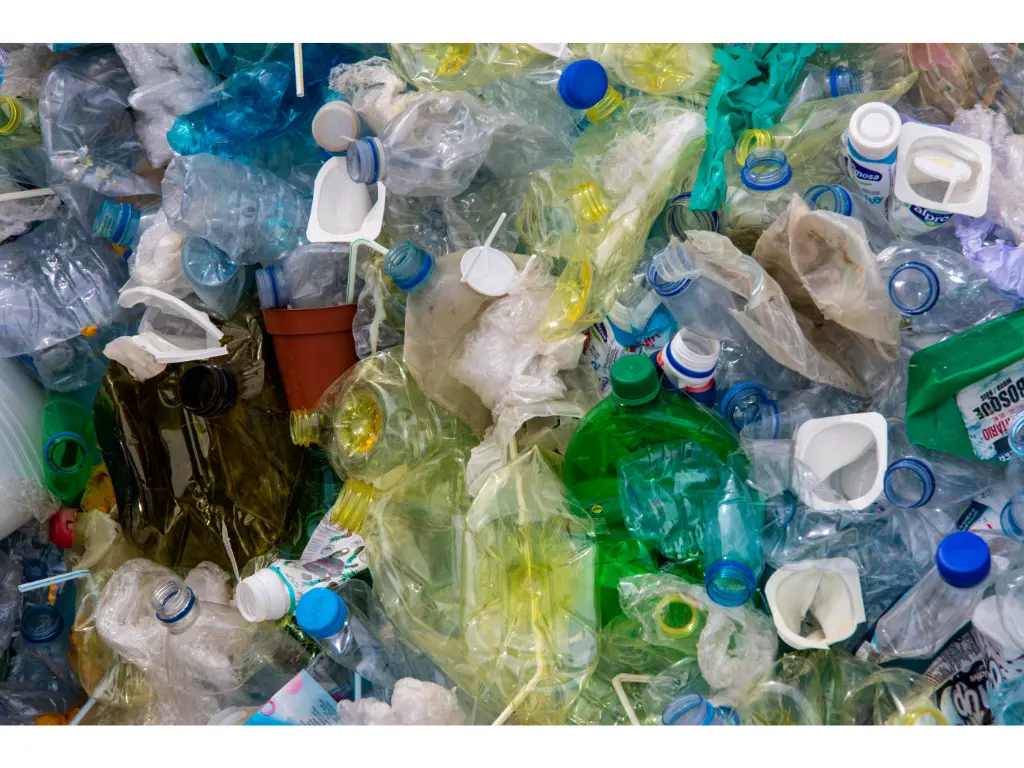- Home
- News Details
News Details

15 new substances added to Brazil’s plastics regulations
2025-08-18 Reference source : CONASQ
Latin America Brazil Brazilian Health Regulatory Agency ANVISA Regulated Substances in Plastics CONASQ Plastics Regulation Toys Compliance
Brazil’s National Commission for Chemical Safety (Conasq), coordinated by the Ministry of the Environment and Climate Change (MMA), has issued an updated national register of chemicals present in plastics that are regulated in the country. The revised list spans 579 entries and incorporates 15 newly added substances, consolidating requirements from Brazil’s health regulator Anvisa and standards body Inmetro into a single, public reference.
What changed
-
Scope expanded to 579 entries: The update adds 15 substances and harmonizes information previously spread across Anvisa resolutions and Inmetro ordinances, providing a clearer view of what’s permitted, restricted, or otherwise regulated when used in plastics in Brazil.
-
Structured, searchable identifiers: Each entry lists CAS number, IUPAC name, PubChem name, source list (Anvisa or Inmetro), and the exact normative act where the substance is regulated, reducing ambiguity for manufacturers, importers, and market surveillance.
-
Toys among priority product categories: The commission highlighted consumer items such as toys among the markets impacted by the refreshed list, underscoring risk management for children’s products.
Link to the list and next steps for companies
-
Where to consult: The MMA/Conasq announcement provides a public link to the updated list for immediate industry and public use. Companies should download the dataset, cross-check all intentionally added substances and possible impurities/additives against the CAS/IUPAC/PubChem fields, and document the applicable Anvisa/Inmetro citation for audit trails.
-
Internal actions to consider now
-
Update substance inventories and bills of materials for plastic components;
-
Re-run conformity checks for toys and other high-exposure items;
-
Refresh supplier declarations to reflect the new entries and normative references;
-
Align product labels and technical files with the controlling standard cited in the list;
-
Monitor Conasq agendas and Anvisa/Inmetro normative updates for further changes.
-
We acknowledge that the above information has been compiled from CONASQ.
Global Product Compliance (GPC) specializes in Global Regulatory Compliance Solutions across sectors
globally. SSS Europe, a familiar name in chemical regulatory and compliance services now formally belongs
under the umbrella of GPC Holding Sweden.
Since 2008, we have emerged as one of the leading names among Global Regulatory Compliance Service
Providers with Representation services in Europe, Asia and Middle East for respective chemical
regulations.

 Twitter
Twitter
